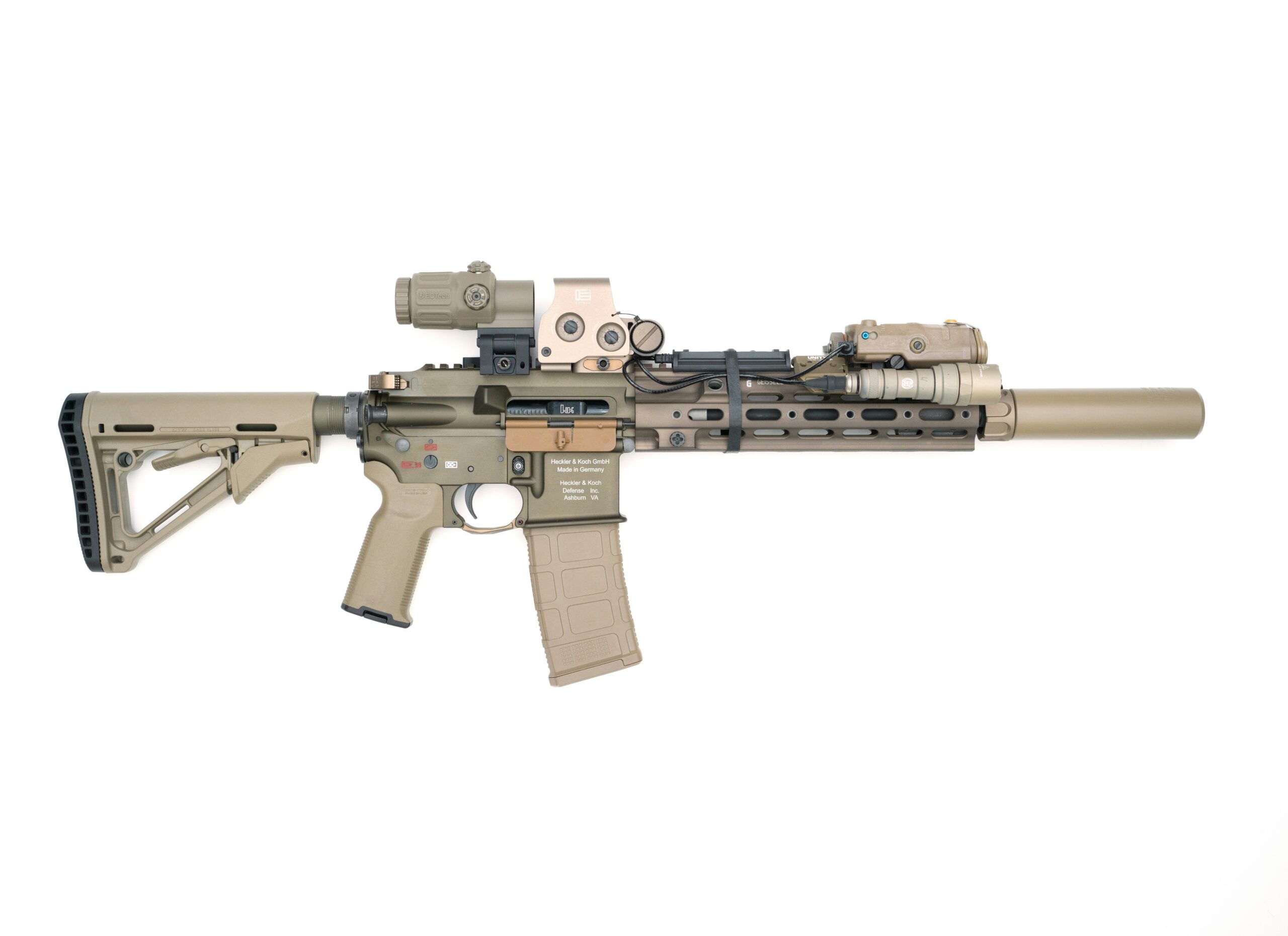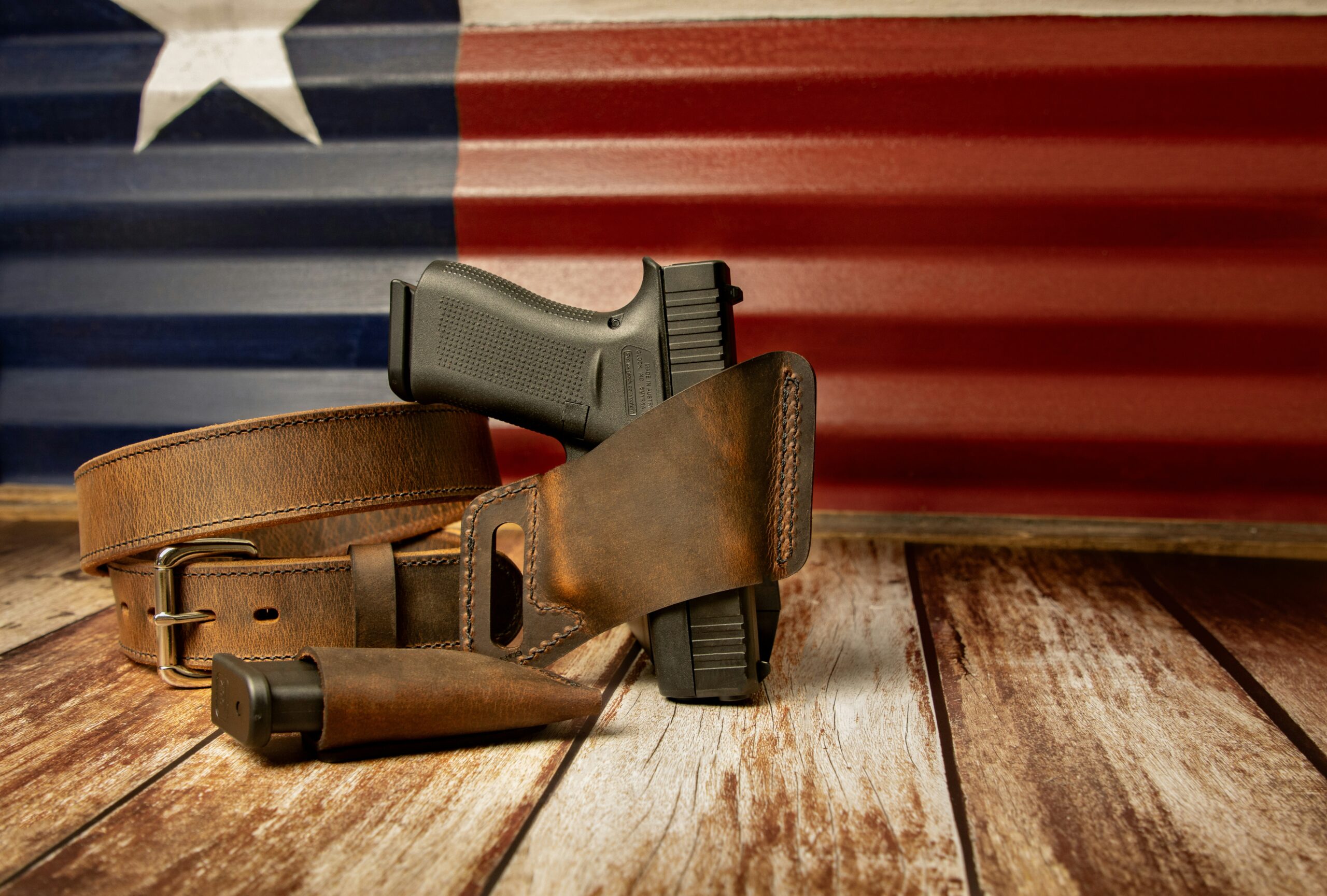Are you curious about the meaning of MOA when it comes to rifle scopes? Well, let’s shed some light on this abbreviation. MOA stands for Minute of Angle, and it essentially refers to a unit of measurement used in shooting sports and tactical shooting. This crucial term plays a significant role in determining the accuracy and precision of your shots, and understanding its meaning will immensely enhance your shooting experience. So, let’s unravel the mystery of MOA and explore its significance in the world of scopes.

Definition of MOA
Meaning of MOA
MOA stands for Minute of Angle. It is a unit of measurement used in the field of firearms and shooting. MOA is often seen on scopes and is used to measure the angular separation between two points. It is derived from the concept of dividing a circle into 360 equal parts, with each part being further divided into 60 equal parts called minutes. Therefore, 1 MOA is equal to 1/60th of a degree or approximately 1.047 inches at 100 yards.
Origin and Use of MOA in Scope
The concept of MOA has its roots in the world of artillery and military applications. It was initially developed as a means to calculate the trajectory of projectiles and to ensure precision in long-range shooting. Over time, the use of MOA has expanded to civilian shooting sports and hunting, where it plays a critical role in adjusting scopes for accurate target engagement.
How MOA is Measured
MOA is measured by observing the angle of deviation between two points on a target or through a scope. This measurement can be done in various ways, such as using specialized tools, target boards, or mathematical calculations. When it comes to scope adjustment, MOA is typically represented by the clicks on the turret or dial, with each click accounting for a specific MOA value. These clicks allow for precise and incremental adjustments to be made to the scope in order to achieve accurate bullet impact at different distances.
Understanding MOA in Scope
How MOA Works in Scope
In a scope, MOA is essentially a unit of measurement that helps shooters adjust their aim to compensate for bullet drop and wind drift. By understanding the relationship between MOA, distance, bullet trajectory, and environmental factors, shooters can make necessary adjustments to their aim point and effectively engage targets at varying distances.
Importance of Understanding MOA in Scope Adjustment
Having a solid understanding of MOA and how it works in scope adjustment is crucial for achieving consistent accuracy. By knowing how many MOA adjustments to make for specific distances and conditions, shooters can significantly improve their chances of hitting the target precisely. Without this understanding, adjustment errors can occur, leading to missed shots and frustration.
Practical Applications of MOA in Shooting Scenarios
MOA has numerous practical applications in shooting scenarios. It allows shooters to compensate for bullet drop, adjust for windage, and make precise scopes adjustments for different distances. Whether it’s target shooting, hunting, or competitive shooting, the ability to understand and utilize MOA effectively can greatly enhance shooting performance and increase the likelihood of hitting the intended target.
MOA Versus Other Measurements
MOA versus mRad (milliradian)
While MOA is a commonly used unit of measurement, it is not the only option available. Another widely used measurement unit is mRad or milliradian. The main difference between MOA and mRad is their angular value. MOA is approximately 1.047 inches at 100 yards, while mRad is about 3.438 inches at the same distance. This means that mRad provides a finer adjustment capability compared to MOA. However, MOA is still considered highly effective and widely used, particularly in the United States.
Influence of Measurement Preference on Scope Choice
The preference for MOA or mRad measurements often comes down to personal preference and shooting style. Shooters who are accustomed to one unit of measurement might lean towards scopes that offer that specific measurement system. It is important to note that scopes are available with both MOA and mRad adjustment turrets, allowing shooters to choose their preferred measurement unit without compromising on scope quality or features.
Pros and Cons of Using MOA
Using MOA as a measurement unit has its advantages and disadvantages. One of the significant advantages is its widespread acceptance and familiarity among shooters. Many shooting charts, ballistic calculators, and training resources are based on MOA. Additionally, MOA provides a tangible and practical measurement for adjusting scopes, which can be easily understood and implemented by shooters. On the downside, MOA may not offer the same level of precision as mRad in certain long-range shooting scenarios, where shooters require finer adjustments for extreme distances and precise target engagement.
Applying MOA in Scope Adjustment
Steps to Adjust Scope Using MOA
To adjust a scope using MOA, follow these steps:
- Set up a target at a known distance.
- Fire a group of shots.
- Observe the bullet impact and determine the necessary adjustment.
- Use the MOA measurement on the scope’s adjustment turret to make the required adjustment.
- Fire another group of shots to verify the impact has shifted according to the adjustment made.
- Repeat the process as needed until the desired point of impact is achieved.
Understanding Adjustment Increments
MOA adjustments on scopes are typically represented in click values. Each click corresponds to a specific MOA value, which can vary depending on the scope model. Common MOA click values include ¼ MOA, ⅛ MOA, and ½ MOA. These click values allow shooters to make precise and incremental adjustments to the scope based on the required MOA value for a given distance or condition.
Effect of Adjustment on Bullet Impact
Every adjustment made on a scope using MOA has a direct impact on the bullet’s point of impact. Making the correct adjustment based on the MOA value allows shooters to compensate for bullet drop or windage, bringing the point of impact closer to the target. It is essential to understand the relationship between MOA adjustments and the specific bullet trajectory to achieve desired accuracy.

Windage and Elevation Adjustments
Relation between MOA and Windage Adjustment
Windage adjustment is the horizontal adjustment made on a scope to counter the influence of crosswinds on the bullet’s trajectory. MOA values can be used to make windage adjustments, allowing shooters to compensate for wind drift and ensure the bullets stay on target. Each MOA click on the windage adjustment turret corresponds to a specific horizontal shift of the bullet impact.
Relation between MOA and Elevation Adjustment
Elevation adjustment is the vertical adjustment made on a scope to account for bullet drop over a specific distance. MOA values are the primary unit of measurement used to make elevation adjustments, enabling shooters to bring the point of impact higher or lower to align with the target at varying distances. Each MOA click on the elevation adjustment turret corresponds to a specific vertical shift of the bullet impact.
How to Make Effective Windage and Elevation Adjustments Using MOA
To make effective windage and elevation adjustments using MOA, shooters should consider factors such as target distance, environmental conditions, and known ballistic data. By referencing ballistic charts or utilizing ballistic calculators, shooters can determine the necessary MOA adjustment required for achieving accurate windage and elevation compensation. Making small, incremental adjustments and verifying bullet impact through practice and observation is vital for honing these skills.
Impact of Distance on MOA
Effect of Shooting Distance on MOA
The shooting distance has a significant impact on the amount of MOA adjustment required. As the distance increases, the bullet trajectory becomes more curved, resulting in more bullet drop. This means that shooters will need to increase the number of MOA adjustments to compensate for the increased bullet drop and maintain accuracy.
Calculating MOA Adjustments for Different Distances
Calculating MOA adjustments for different distances involves utilizing ballistic data, such as bullet velocity, ballistic coefficient, and the specific characteristics of the bullet being used. By referencing ballistic charts or using ballistic calculators, shooters can determine the appropriate MOA adjustment required to compensate for bullet drop at various distances. It is essential to have accurate and reliable ballistic data to ensure precise calculations.
How to Effectively Use MOA at Varying Distances
To effectively use MOA at varying distances, shooters should develop a solid understanding of their rifle’s ballistics and the specific ammunition they are using. By gathering accurate ballistic data and utilizing resources such as ballistic calculators or smartphone applications, shooters can determine the precise MOA adjustment required for different distances. Consistent practice and range time are crucial for honing these skills and familiarizing oneself with the specific MOA adjustments needed for accurate shooting at varying distances.

Impact of Bullet Velocity on MOA
Role of Bullet Velocity on MOA Calculations
Bullet velocity plays a crucial role in MOA calculations. Faster bullets tend to have flatter trajectories, which means they experience less bullet drop over a given distance. Slower bullets, on the other hand, may require greater MOA adjustments to compensate for the increased bullet drop. Understanding the relationship between bullet velocity and MOA allows shooters to make more accurate adjustments based on their specific firearm and ammunition characteristics.
Influence of Bullet Velocity on Adjustment Made Using MOA
The influence of bullet velocity on adjustments made using MOA is primarily related to the bullet’s ballistic performance. Higher velocity bullets will require less MOA adjustment for a given distance, as they have a flatter trajectory. Conversely, lower velocity bullets will require more MOA adjustment to compensate for increased bullet drop. Shooters should be mindful of their bullet’s velocity and consider it when making MOA adjustments to ensure precise and accurate shot placement.
Understanding Ballistics in Relation to MOA
Understanding ballistics, including factors such as bullet drop, windage, and trajectory, is crucial when using MOA. Ballistic knowledge enables shooters to make informed decisions when adjusting their scopes using MOA. By considering factors such as bullet velocity, muzzle velocity, ballistic coefficient, and environmental conditions, shooters can anticipate and compensate for the bullet’s behavior, ensuring accurate shot placement.
Role of MOA in Long Range Shooting
Importance of MOA in Long Range Shooting
MOA plays a critical role in long-range shooting by allowing shooters to make necessary adjustments for the increased bullet drop and environmental influences encountered at longer distances. Without MOA, accurately engaging targets at extended ranges would be significantly more challenging. The ability to make precise and incremental adjustments in MOA can greatly enhance long-range shooting capabilities, resulting in higher accuracy and successful hits.
Challenges with MOA in Long Range Shooting
While MOA is an effective measurement unit for long-range shooting, it does have its challenges. One of the main challenges is the need for more significant adjustments at longer distances. As the bullet travels further, the influence of external factors like wind and gravity becomes more pronounced, requiring shooters to make larger MOA adjustments. Additionally, making fine adjustments in MOA at extreme distances can be challenging due to the limited resolution of the adjustment turrets on scopes.
Tips for Using MOA in Long Range Shooting
To effectively use MOA in long-range shooting, shooters can follow these tips:
- Gather accurate ballistic data specific to their firearm and ammunition.
- Understand the ballistics of their ammunition, including bullet drop and wind drift.
- Utilize ballistic calculators or shooting software to determine precise MOA adjustments for different distances.
- Practice regularly at varying distances and environmental conditions to gain familiarity with the required MOA adjustments.
- Consider using tools such as spotting scopes or wind meters to enhance accuracy and make real-time adjustments based on observed conditions.
Understanding MOA Reticles
Definition of MOA Reticle
An MOA reticle, also known as a Minute of Angle reticle, is a type of reticle found in scopes that enables shooters to make MOA adjustments without the need for external adjustment turrets. MOA reticles consist of multiple horizontal and vertical lines or hash marks, which correspond to specific MOA values.
How MOA Reticles Enhance Precision
MOA reticles enhance precision by providing shooters with a visual reference for making MOA adjustments. Rather than relying solely on external adjustment turrets, shooters can use the hash marks or lines on the reticle to estimate and make quick MOA adjustments based on the target’s distance, bullet trajectory, and environmental conditions. This enhanced precision allows for more efficient target engagement and reduces the time required for adjustment.
Types of MOA Reticles
There are several types of MOA reticles available, each designed to suit different shooting requirements and preferences. Some commonly used MOA reticle designs include the duplex reticle, mil-dot reticle, ballistic reticle, and Christmas tree reticle. Each of these designs offers its own set of features and benefits, allowing shooters to choose the reticle that best aligns with their shooting needs.
Common Misconceptions About MOA
Common Myths About MOA
Some common myths and misconceptions surrounding MOA include:
- MOA refers to the size of the target: MOA actually refers to the angular measurement and not the physical size of the target.
- MOA adjustments are the same for all scopes: MOA adjustments can vary among different scopes and models.
- MOA adjustments are only necessary for long-range shooting: MOA adjustments are required for precise shooting at any distance, not just long-range engagements.
- MOA is difficult to understand and implement: With proper education and practice, shooters can quickly grasp and effectively utilize MOA and the associated adjustments.
Clarifying These Misconceptions
To clarify these misconceptions, it is crucial to understand the true definition and application of MOA. MOA is an angular measurement that enables shooters to make precise adjustments on their scopes to compensate for bullet drop and wind drift. It is not tied to the physical size of the target, and its adjustments can vary among different scopes. MOA is a valuable tool for accurate shooting at any distance, not solely limited to long-range engagements. With proper instruction and practice, shooters of all skill levels can easily comprehend and implement MOA adjustments.
Importance of Correct Understanding of MOA
Having a correct understanding of MOA is essential for any shooter who wishes to improve their accuracy and precision. Misunderstanding or misapplying MOA can lead to missed shots, inconsistent results, and frustration. By gaining a comprehensive understanding of MOA and its role in scope adjustments, shooters can enhance their shooting skills, improve their ability to adjust for various shooting scenarios, and increase their overall shooting efficiency.
In conclusion, MOA is a fundamental unit of measurement in the field of firearms and shooting. It allows shooters to make precise adjustments on their scopes to compensate for bullet drop, wind drift, and other environmental factors. Understanding MOA and its application in scope adjustments is crucial for achieving accurate and consistent shot placement. By utilizing the principles of MOA, shooters can enhance their shooting skills, engage targets at varying distances, and improve their overall shooting performance.
